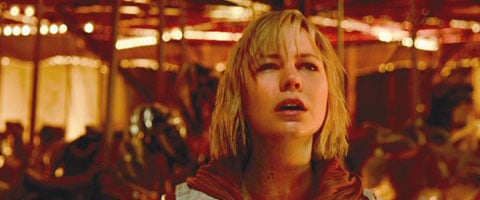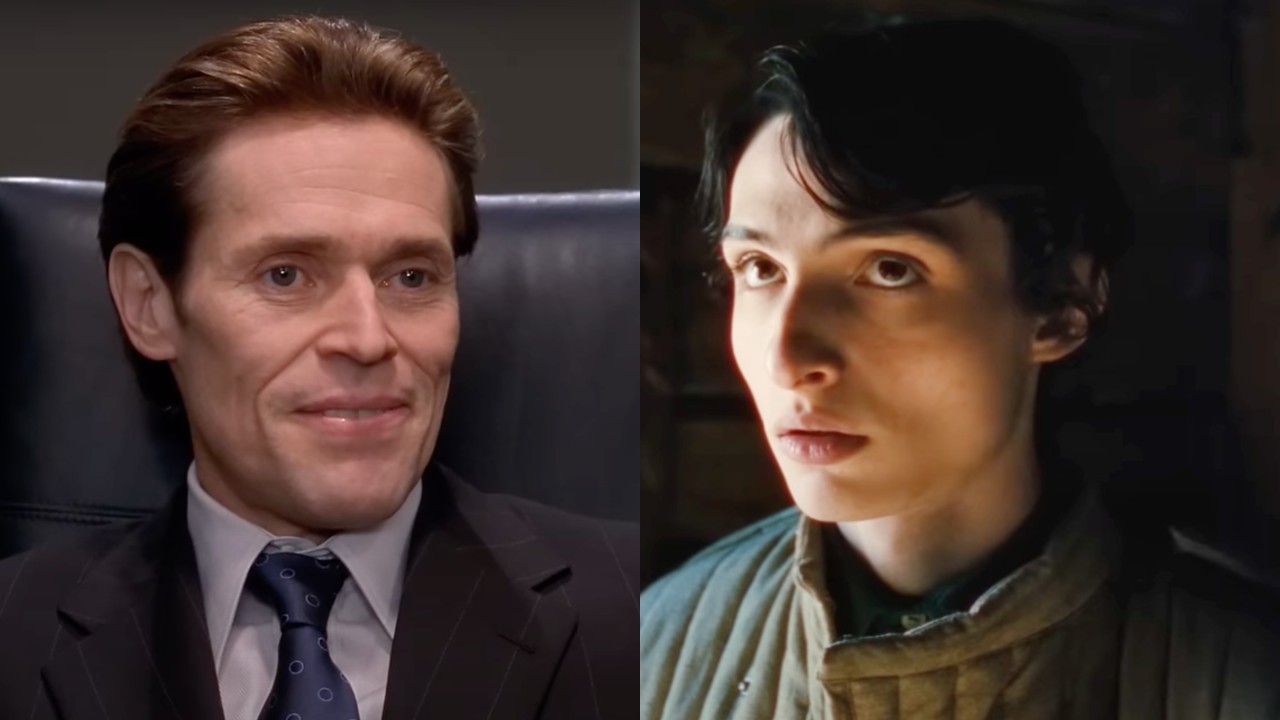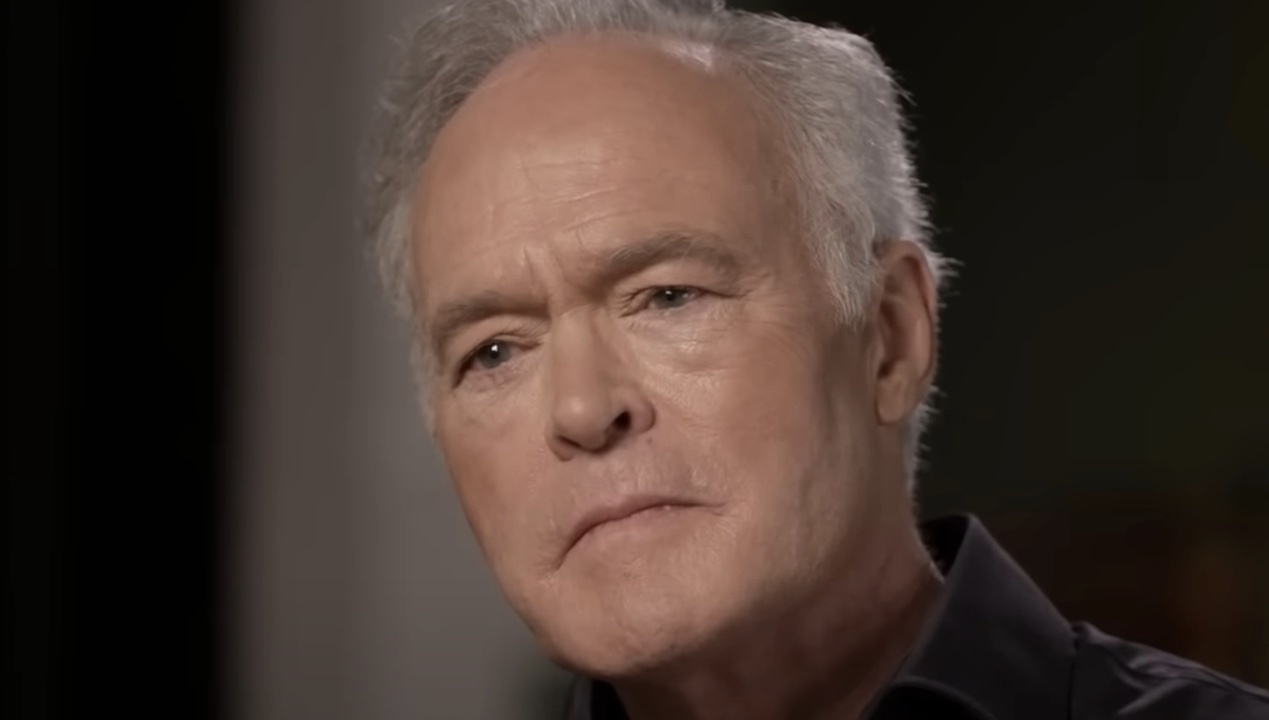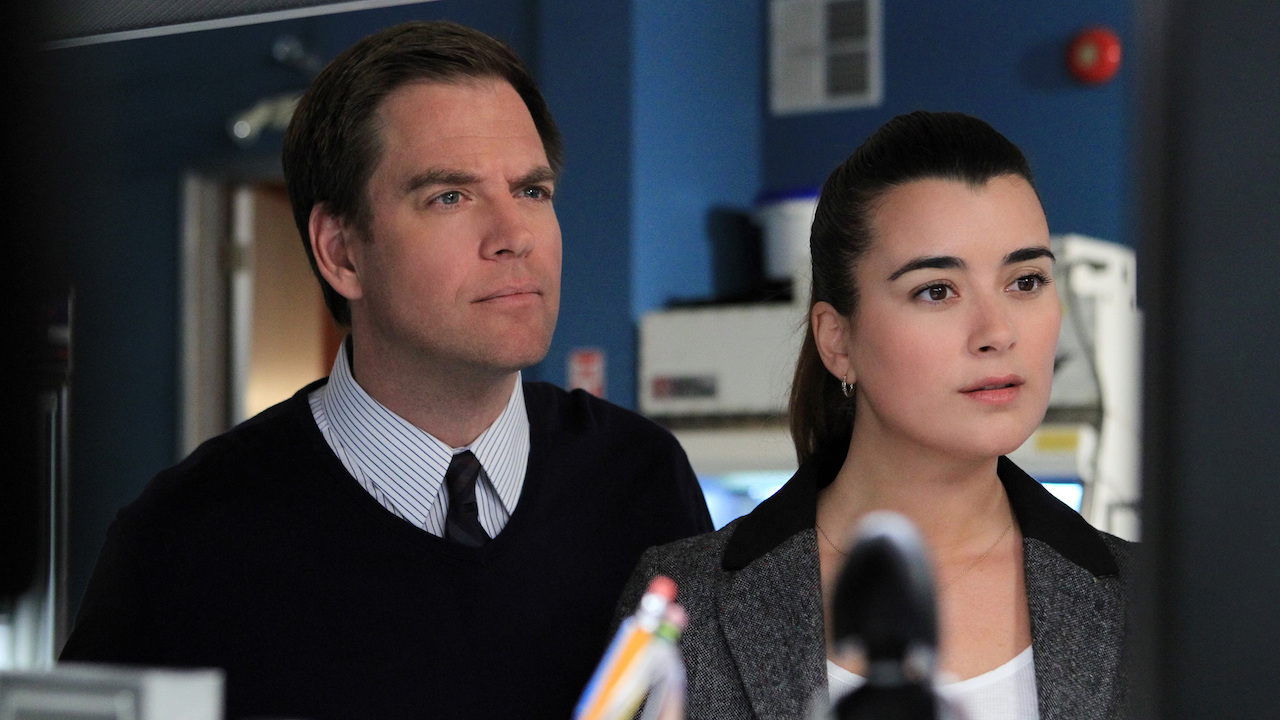To 3D Or Not To 3D: Buy The Right Silent Hill: Revelation Ticket

Apart from animation, I’m not sure there’s a single genre of film better suited to 3D than horror video game adaptations. Even staunch 2D advocates are usually willing to admit there’s something to the partnership beyond a shameless cash grab. When executed properly, the extra dimension really can add twenty to thirty percent more terror and make the extra three dollars worth it.
Of course, the can is probably the most important word in that sentence. 3D and horror video game adaptations can go hand-in-hand, but for that connection to really work, there needs to be foresight and competence. The film needs to be made with 3D in mind, and work needs to go into properly executing the vision.
This weekend, Silent Hill: Revelation hits theaters six years after the initial installment scared the shit out of teenagers, video game fans and people who mistakenly walked into the wrong showings. The film is being overtly pitched as being in 3D, but nonetheless, a good percentage of theaters are giving audience members the option of seeing it in 2D. Which should you go with? That’s what this column is for…
Does It Fit?
Yes. If you’d bothered reading my introduction, you would have already known how I feel about adaptations of horror video games. Any genre that regularly contains elements meant to look larger than life or unnatural or those that benefit from objects quickly jutting in a forward direction are naturally suited to the third dimension. It would have been bizarre if Silent Hill: Revelation wasn’t made in 3D.
Fit Score: 5/5
Planning & Effort
Silent Hill: Revelation was conceived as a 3D movie. It was shot using flexible 3D RED Epic cameras, and there are plenty of angles director Michael J Bassett takes in order to utilize either the added depth or an ability to propel objects forward. Unfortunately, there’s a clear difference in effort level between the action sequences and the people just talking sequences. 3D enthusiasts will likely be impressed with the former and fail to find a single unique or original idea present in the latter. Luckily for Silent Hill, an overwhelming majority of its screen time is action oriented.
CINEMABLEND NEWSLETTER
Your Daily Blend of Entertainment News
P&E Score: 4/5
Before the Window
Of all the horror movies I’ve ever seen in 3D, I’m not sure there’s a single one that tricks the eye into thinking an object is moving toward it less. Silent Hill really doesn’t work much “Before The Window”, but part of me thinks that’s actually an interesting change-up. By reeling back to only a fraction of what you would expect, the film is able to maximize every single one of its “Before The Window” scares. You just don’t see them coming; so, when they do, it’s more frightening than expected. Unfortunately, “change-ups” aren’t exactly the best way to earn a perfect score.
Before the Window Score: 3/5
Beyond the Window
Silent Hill does well with “Before The Window” for a pretty bizarre reason. It contains a ton of scenes with fences, prison cell bars, elevator cages and other partially transparent structures. Thus, it’s able to consistently and effectively provide the illusion that audience members are creeping on the scene from just in front of the frame. In addition, there are a fair amount of furniture and other objects the 3D is able to place in the foreground or background to create very believable appearances of depth. For the most part, it feels natural, and considering the hellish, otherworldy settings, that’s impressive.
Beyond the Window Score:4/5
Brightness
I still can’t figure out if horror movies have a natural advantage or disadvantage in this category, given most of them are supposed to be dark. Silent Hill is no exception. A solid number of its scenes exist in dark and shady spaces, but luckily many of these contain fire, and the burning embers feel about a 4 on the brightness scale. They’re not distractingly dull. Most audience members likely won’t notice a difference, but since I’m supposed to be a critical dick in this column, I’ll admit I would have appreciated slightly more fiery fire.
Brightness Score: 4/5
The Glasses Off Test
Have you ever watched an HD channel for like an hour and then mistakenly turned on the non-HD version of the same program? That’s what this movie looks like without the 3D glasses on during pretty much all of the scenes in which the film isn’t trying to scare the audience. Taking your glasses off in the middle of a scene can be a handy way of telling how much 3D is really happening-- the blurrier it looks without the glasses, the better. But apart from foregrounding the occasional image, there’s just not a whole lot of 3D going on during the non-action sequences, and as a result, the picture isn’t fuzzy. Thankfully, it gets more indecipherable when the scariness is increased.
Glasses Off Test: 2/5
Audience Health
There’s a good chance this movie will make you want to vomit, but if you do feel queasy, it won’t have anything to do with the 3D. Silent Hill is a mess of sick, perverted and fucked-up thoughts, but the camera is steady enough and the scares don’t pop toward the audience very often. Consequently, anyone who has sat through 3D movies before without issue shouldn’t have any trouble, at least as far as the cinematography goes. I make no promises as to how you might react to blind nurses with deformed faces in skanky outfits.
Health Score: 5/5
| SCORES RECAP | |
| 3D Fit | 5 |
| P&E | 4 |
| Before The Window | 3 |
| Beyond The Window | 4 |
| Brightness | 4 |
| The Glasses Off Test | 2 |
| Audience Health | 5 |
| Total Score | 27 (out of a possible 35) |
Final Verdict: Silent Hill: Revelation isn’t worth seeing for the 3D alone. It’s pretty good, but it’s not the best you’ll see this year. You’ll first need to ask yourself whether seeing the film itself is a good idea. If you vote yes, then splurge for the extra dimension. The “Beyond The Window” work is consistently interesting, and the lack of “Before The Window” scares is a unique approach to the horror genre. A few intense actual sequences most definitely benefit from the use of 3D, and since this is how the film was meant to be seen, it’s worth the extra money.
This poll is no longer available.
For more 3D analysis, visit our To 3D Or Not To 3D archive right here.
Mack Rawden is the Editor-In-Chief of CinemaBlend. He first started working at the publication as a writer back in 2007 and has held various jobs at the site in the time since including Managing Editor, Pop Culture Editor and Staff Writer. He now splits his time between working on CinemaBlend’s user experience, helping to plan the site’s editorial direction and writing passionate articles about niche entertainment topics he’s into. He graduated from Indiana University with a degree in English (go Hoosiers!) and has been interviewed and quoted in a variety of publications including Digiday. Enthusiastic about Clue, case-of-the-week mysteries, a great wrestling promo and cookies at Disney World. Less enthusiastic about the pricing structure of cable, loud noises and Tuesdays.









